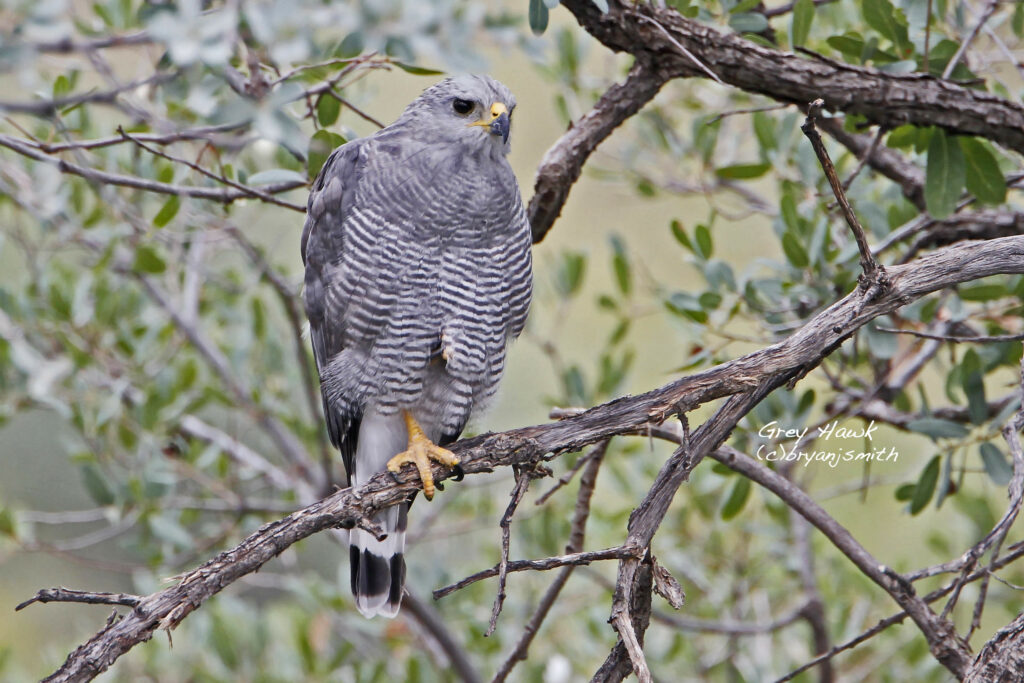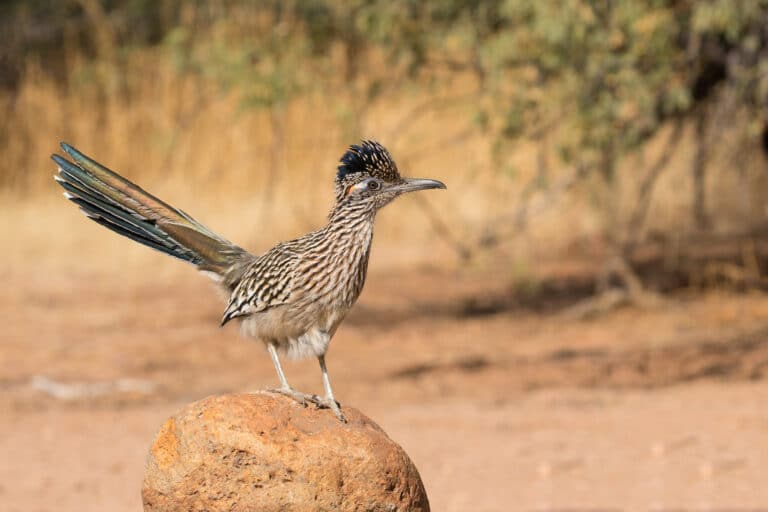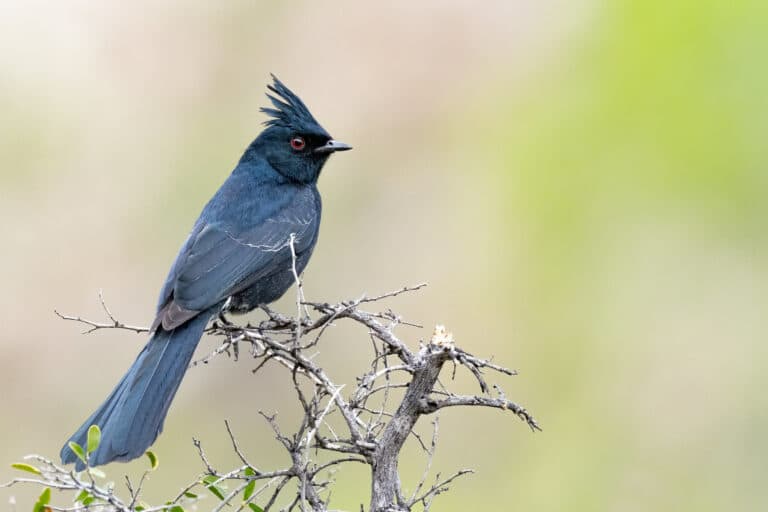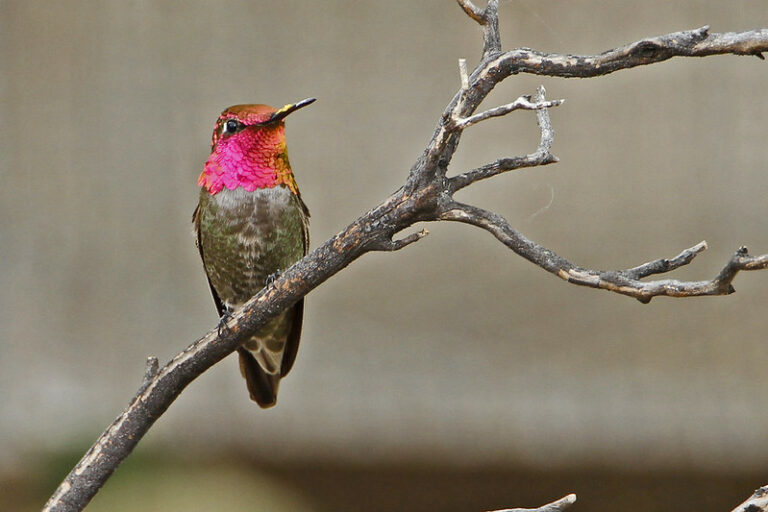Birders coming to Southeast Arizona for our Festival each August will surely be excited to have the chance to find Gray Hawks during their expeditions. This small tropical hawk ranges all the way to Argentina and Paraguay and barely makes it into the US here and in Texas. It’s also a beautiful bird—stately gray with fine barring on the body, black and white banded tail, and outrageously yellow legs, feet, and upper bill. Also sometimes called the Mexican Goshawk, Gray Hawks have given taxonomists fits because of their similarities in flight style and morphology to accipiters. The uniqueness of this bird is reflected by its placement in the monotypic genus Asturina.
Gray Hawks in Southeast Arizona can be found mostly in cottonwood/willow forests that have adjacent mesquite bosques, but they also inhabit oak woodlands. They nest in the largest of the riparian trees and use the drier habitat as their food supply. These birds feed mostly on lizards, so it’s no surprise their range in Arizona overlaps with one the highest areas of lizard diversity in the country. They also eat snakes, toads, and birds, patiently perching up in the trees and attacking with a swift move to the ground.
You can find Gray Hawks along the San Pedro and Santa Cruz Rivers (near Tubac) by listening for their mournful creeeeee calls to help locate them. One could see them in Tucson and possibly along the Rillito River in the first part of the 20th Century when the area’s riparian woodlands were still intact. Populations here and in Texas seem to be increasing though—good news for restoration efforts along the Santa Cruz. It’s likely that if the habitat returns, the Gray Hawks will too!




